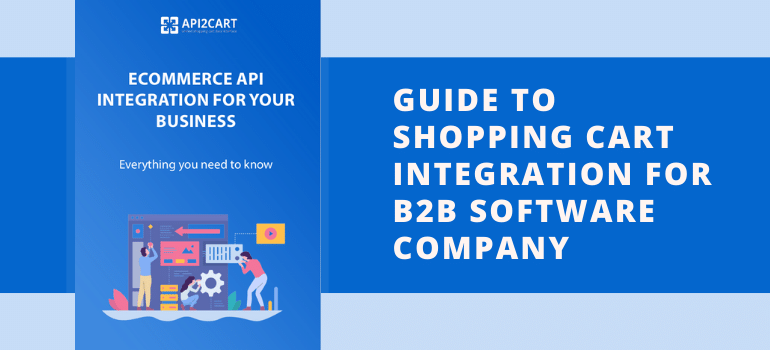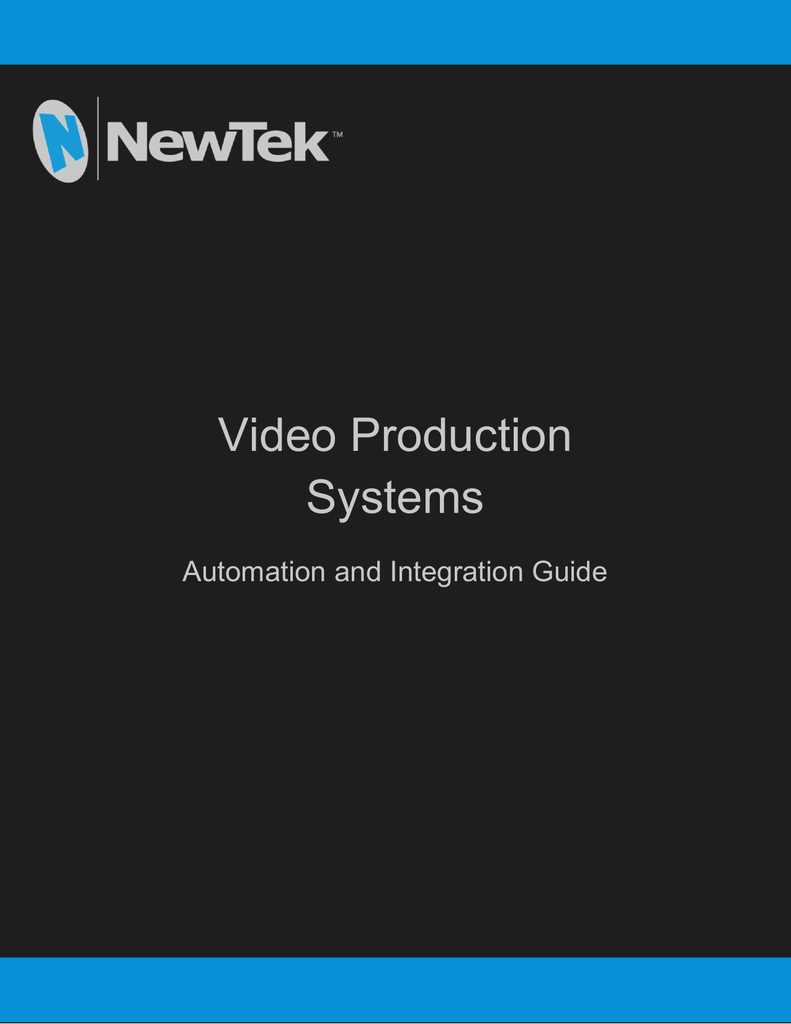
The look and feel had also changed completely.

Its major library changed to gain massive performance. November 2007: PDI 3.0 emerges totally redesigned. May 2007: PDI 2.5 is released including many new features the most relevant being the advanced error handling. The version included among other changes, enhancements for large-scale environments and multilingual capabilities.įebruary 2007: Almost seven months after the last major revision, PDI 2.4 is released including remote execution and clustering support, enhanced database support, and a single designer for jobs and transformations, the two main kind of elements you design in Kettle. Numerous developers had joined the project and there were bug fixes provided by people in various regions of the world.
INTEGRATION GUIDE SOFTWARE
This set of software and services form a complete BI Platform, which makes Pentaho Suite the world’s leading open source Business Intelligence Suite. The platform has a solution engine, and offers critical services, for example, authentication, scheduling, security, and web services. In order to run analysis, reports, and so on, integrated as a suite, you have to use the Pentaho BI Platform. Pentaho Data Integration-the tool that we will learn to use throughout the book-is the engine that provides this functionality.Īll of this functionality can be used standalone but also integrated. The Community Dashboard Framework ( CDF), a plugin developed by the community and integrated in the Pentaho BI Suite, allows the creation of interesting dashboards including charts, reports, analysis views, and other Pentaho content, without much effort.ĭata Integration: Data integration is used to integrate scattered information from different sources (applications, databases, files, and so on), and make the integrated information available to the final user. Data mining is possible thanks to the Weka Project.ĭashboards: Dashboards are used to monitor and analyze Key Performance Indicators ( KPIs). Reporting: The reporting engine allows designing, creating, and distributing reports in various known formats (HTML, PDF, and so on), from different kinds of sources.ĭata Mining: Data mining is used for running data through algorithms in order to understand the business and do predictive analysis. It’s provided by the Mondrian OLAP server.

With "Pentaho Data Integration Beginner's Guide - Second Edition", you will learn everything you need to know in order to meet your data manipulation requirements.Īnalysis: The analysis engine serves multidimensional analysis. Finally, you will have the opportunity of applying and reinforcing all the learned concepts through the implementation of a simple datamart. After that, you will learn to implement simple and complex processes.
INTEGRATION GUIDE HOW TO
Moreover, you will be introduced to data warehouse concepts and you will learn how to load data in a data warehouse. Then, the book gives you a primer on databases and teaches you how to work with databases inside Pentaho Data Integration. First, you will learn to do all kinds of data manipulation and work with plain files.

Each chapter introduces new features, allowing you to gradually get involved with the tool.

"Pentaho Data Integration Beginner's Guide - Second Edition" starts with the installation of Pentaho Data Integration software and then moves on to cover all the key Pentaho Data Integration concepts. "Pentaho Data Integration Beginner's Guide - Second Edition" provides the guidance needed to overcome that difficulty, covering all the possible key features of Pentaho Data Integration. However, getting started with Pentaho Data Integration can be difficult or confusing. Pentaho Data Integration has an intuitive, graphical, drag-and-drop design environment and its ETL capabilities are powerful. Pentaho Data Integration is a full-featured open source ETL solution that allows you to meet these requirements. Achieving these tasks require people devoted to developing extensive software programs, or investing in ETL or data integration tools that can simplify this work. Capturing, manipulating, cleansing, transferring, and loading data effectively are the prime requirements in every IT organization.


 0 kommentar(er)
0 kommentar(er)
